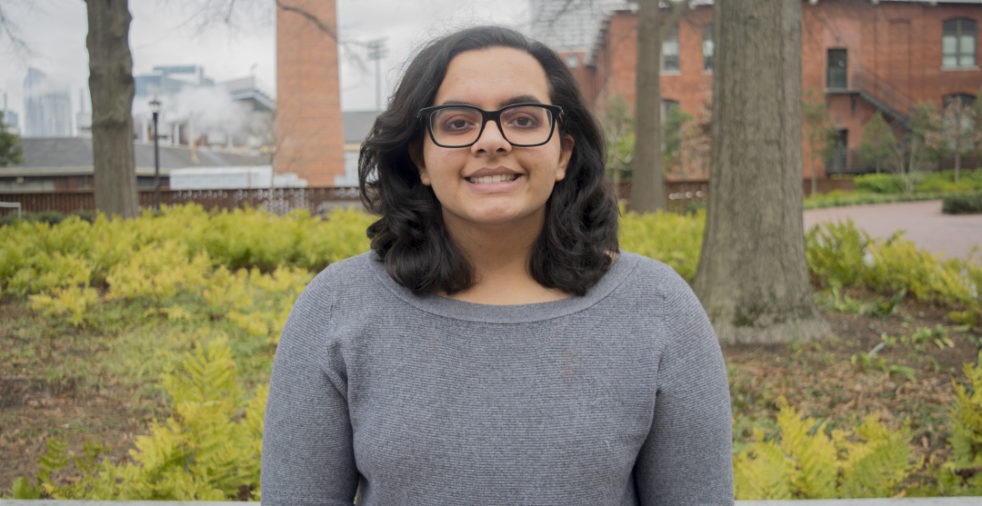I first read Life of Pi by Yann Martel in seventh grade, just before the film adaptation hit theaters. I read the book in two days, while doing lab work during my summer internship. Basically, I would spend a few minutes pipetting homogenized protein tissue, followed by a few hours of reading about the life of Piscine “Pi” Patel, an Indian boy who wrestles with matters of religion and storytelling.
His faith in religion and his storytelling ability are tested throughout the novel as he is forced to survive 227 days on a lifeboat with only the company of a Bengal Tiger. While the 2012 film adaptation capitalized on the second part of the novel, which is focused on the enthralling image of a boy stuck on a boat with a tiger.
However, the first part of the novel. which focuses on Pi’s childhood in India, resonated with me far more. Reading this section, it felt like Martel had hardbound my identity. Pi is a reflection of me: a Hindu vegetarian, exposed to both Western and Indian culture from a young age, bullied in lower school, intrigued by human interaction, and deeply spiritual while still analytical about religion.
In my favorite few chapters, Pi tells an amusing childhood story about being raised Hindu but discovering a devotion for other religions. Pi becomes fascinated with not only Hinduism, but also Christianity and Islam. Soon, Pi becomes a practicing member of all three listens, much to his parents’ chagrin. When confronted for this, Pi blurts out, “Bapu Gandhi said, ‘All religions are true.’ I just want to love God.”
This line hit hard for me when I was 11 because I have always thought that all religions are paths to the same goal. My family raised me to see the good in all cultures, but this was unique because reading Life of Pi was the first time I saw this idea articulated so simply.
Since reading the novel, I have dedicated time to exposing myself to as many religions and cultures as possible. I have visited Hindu mandirs, Christian churches, Jain temples, Jewish synagogues, Sikh gurdwaras, and Buddhist temples. I have read about Daoism, Islam, Greek and Roman mythology and Confucianism. I want to do more. I feel joy when I find a new commonality between religions. For example, in Hindu mythology there is a story about the Matsya avatar of Lord Vishnu which bears a striking resemblance to the biblical story of Noah’s Ark.
I like considering the idea that it is not necessary to choose one religion because many religions are the same at their core. I call myself a Hindu who believes in the beauty of all religions.
Recently, I had a conversation with a friend about what it is like to be religious or even spiritual in a place so STEM focused as Tech. It is so easy to see religion and science as if they are in opposition, and many students
on our campus do.
However, I am in strong belief that religions are just another way of thinking about and explaining the world around us. I do not believe that one viewpoint precludes another from being true, and I prefer to err to the side of belief rather than dismissal. As Pi says, “To choose doubt as a philosophy of life is akin to choosing immobility as a means of transportation.”
Also, If you do not take everything so literally, it becomes really easy to see common themes, not only between different religions, but also to the scientific facts we know about the world. Of course, I do think it is foolish to dismiss proven science for religious conjecture.
Sometimes, I reread Martel’s work for guidance and advice, and many days I look up quotes from Life of Pi because they have a strange way of comforting me. Mainly, the book reminds me that irrespective of religion and culture, all humans have a similar set of values. Even in a classroom or a campus or a city, it is important to recognize our diversity, but also to recognize, like Pi does, that we are far more similar than we are different.
